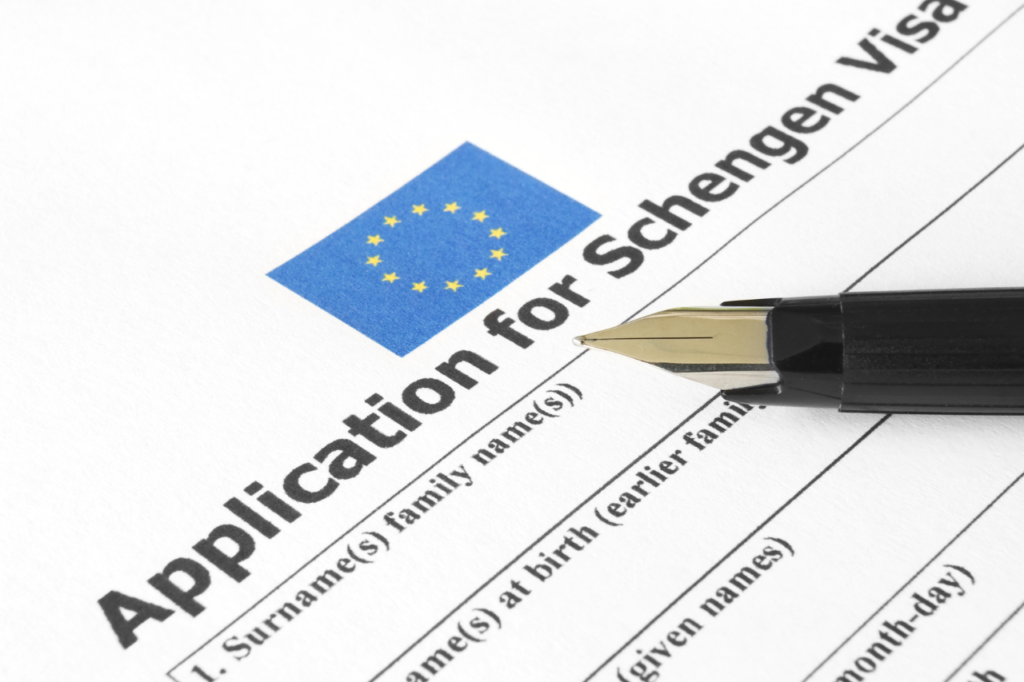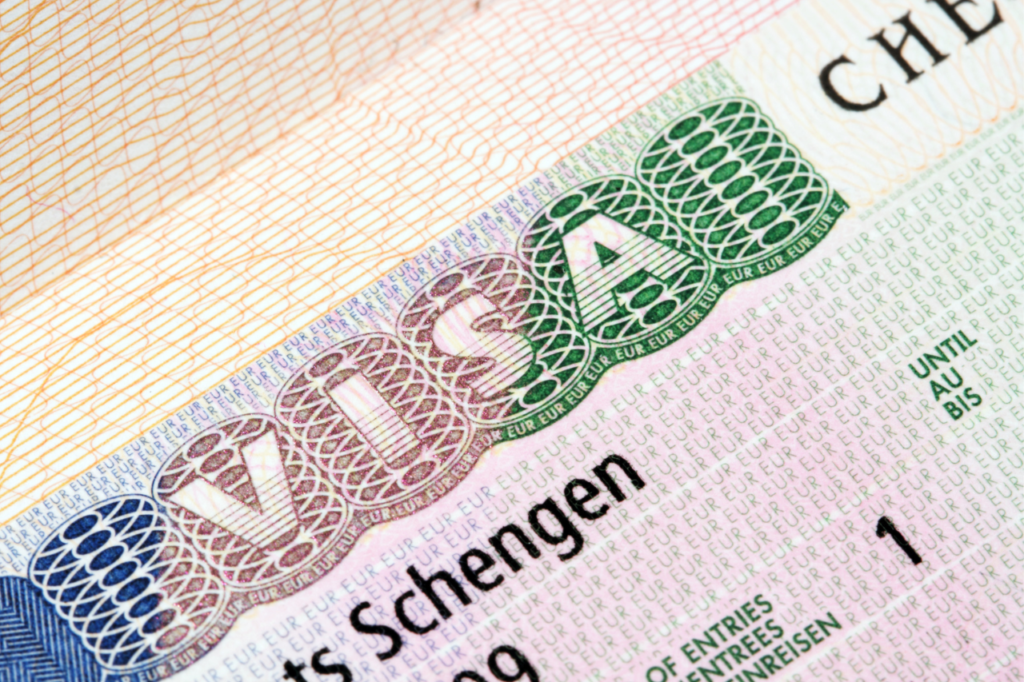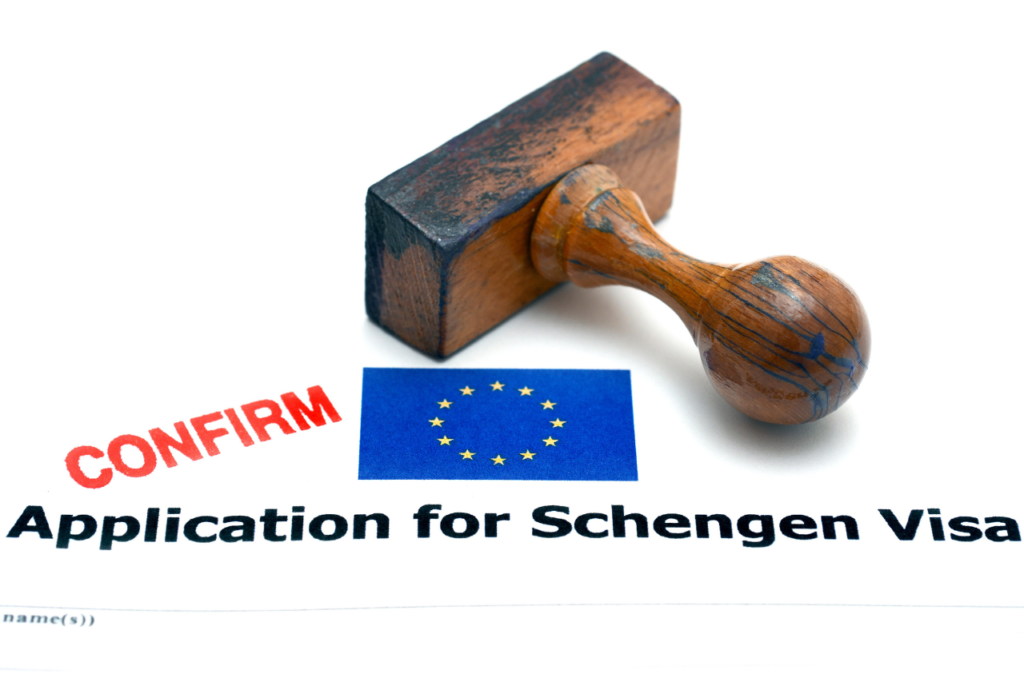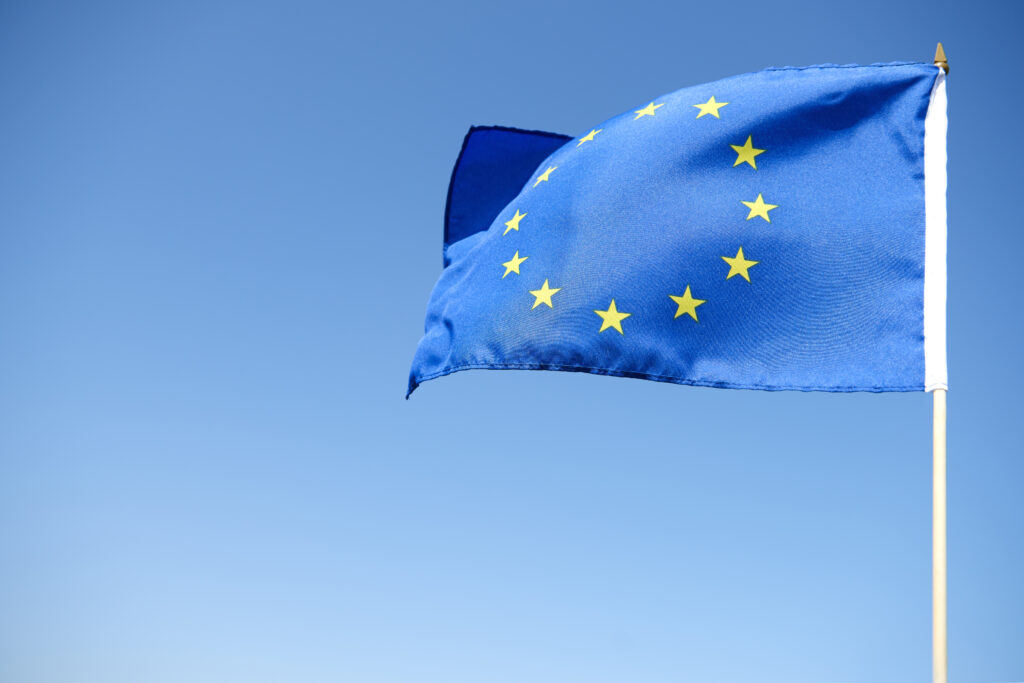The Schengen Agreement has revolutionized travel within Europe, creating the world’s largest visa-free zone. Here’s an overview of the Evolution of the Schengen Agreement and its current status:
Origins and Development
The Schengen Agreement was initially signed in 1985 by five European Economic Community members: Belgium, France, West Germany, Luxembourg, and the Netherlands. Named after the town of Schengen in Luxembourg where it was signed, the agreement aimed to gradually abolish border checks between participating countries.
In 1990, the Schengen Convention supplemented the original agreement, proposing the complete abolition of systematic internal border controls and establishing a common visa policy. This laid the groundwork for the Schengen Area as we know it today.
Expanding the Schengen Area
The Schengen Area kept growing and other nations were recognizing the benefits of shared borders and the ease of travel. Italy, Portugal, Spain, Greece, and more countries joined, contributing to the growth of this initiative. The culmination of efforts led to the actual implementation of the Schengen Area on March 26, 1995, when seven countries simultaneously stopped their internal border checks.
A Growing Success Story For the Evolution of the Schengen Agreement
The success of the Schengen Agreement continued as more nations accepted its rules and countries like Austria, Denmark, Finland, Iceland, Norway, and Sweden were among the next countries to join the Schengen Area, each contributing to the increasing connection of Europe. The Agreement’s inclusion within the legal framework of the European Union through the Treaty of Amsterdam in 1999 further solidified its importance.
Current Scope and Membership
As of 2024, the Schengen Area comprises 29 European countries:
- 25 EU member states
- 4 non-EU countries: Iceland, Norway, Switzerland, and Liechtenstein
The Schengen Area now covers a population of over 400 million people and an area of 4,312,099 square kilometers5.
Key Features and Benefits
- Borderless Travel: Citizens and legal residents can move freely between member countries without passport checks at internal borders.
- Common Visa Policy: The Schengen visa allows non-EU citizens to travel throughout the entire Schengen Area for up to 90 days within 180 days.
- Enhanced Security Cooperation: Member states share information through the Schengen Information System (SIS) to combat cross-border crime and terrorism.
- Economic Benefits: The elimination of internal border controls has facilitated trade, tourism, and labor mobility within the zone.
Challenges and Adaptations
While the Schengen Agreement has been largely successful, it has faced challenges:
- Temporary Border Controls: Member states retain the right to reintroduce temporary border checks in response to security threats or exceptional circumstances.
- Migration Pressures: The 2015 migrant crisis led some countries to temporarily reinstate border controls, highlighting the need for a more robust common asylum and migration policy.
- COVID-19 Pandemic: The global health crisis prompted many Schengen countries to temporarily reintroduce border controls, though efforts have been made to coordinate responses and maintain free movement where possible.
Future Developments
The European Union continues to work on strengthening and expanding the Schengen Area:
- Potential New Members: Bulgaria and Romania are set to join the Schengen Area for air and sea travel on March 31, 2024, with land border checks to be lifted at a later date.
- Enhanced Border Management: The EU is implementing new systems like the Entry/Exit System (EES) and the European Travel Information and Authorization System (ETIAS) to improve external border security while facilitating travel for legitimate visitors.
- Ongoing Reforms: The EU is working to update Schengen rules to ensure that internal border controls remain a measure of last resort and to promote alternative measures like targeted police checks and enhanced police cooperation.
The Schengen Agreement remains a cornerstone of European integration, embodying the ideal of free movement while adapting to evolving security and economic challenges.
Challenges and Progress For Schengen Agreement
While progress was impressive the challenges were still there. Croatia’s recent entry into the Schengen Area serves as proof of the efforts to have a united Europe. Some EU member states, like Cyprus, faced political issues that affected their full participation. Bulgaria and Romania, while EU members had issues in joining due to concerns about corruption and organized crime.
Territories Beyond the Continent
The Schengen Area goes beyond Europe’s boundaries, bringing territories under the sovereignty of EU member states such as the Azores, Madeira, and the Canary Islands making travel seamless for their residents but integral territories like French Guiana, Guadeloupe, Martinique, and others have their policies, even though they are EU members.
Unfinished Journeys For Schengen Agreement
As the Schengen Agreement’s legacy grows, it faces new horizons and challenges. Cyprus, Bulgaria, and Romania, while part of the EU, have yet to fully join the Schengen Area. Their unique situations show the complex interplay between politics, policies, and regional dynamics in shaping the future of borderless travel.
The Vision Endures
The Schengen Agreement stands as a remarkable testament to Europe’s ability to overcome historical divisions. Initially conceived as a visionary concept in the 1980s, it has, over time, transformed into a reality that positively impacts millions of lives. Along the way, the journey toward a borderless Europe has been marked by both challenges and triumphs. Nevertheless, these experiences have ultimately proven the continent’s unwavering commitment to unity, freedom, and shared prosperity.
How Law and Visas Can Help?
At Law and Visas, our team of expert immigration consultants is here to make your travel under the Schengen Agreement straightforward and successful. Whether you’re applying for a Schengen Visa or a Schengen Visa for Tourism, we handle every step—from preparing your application to gathering the required documents.
Our immigration lawyer consultants and Lawyers ensure that your application meets the highest standards, with no details missed. We’ll also keep you informed throughout the process and coordinate with the immigration office or embassy on your behalf.
Law and Visas has a strong record of helping clients secure the visas/permits they need under the Schengen Agreement. Call us today at +234 812 5505 986 to learn how we can assist you.





